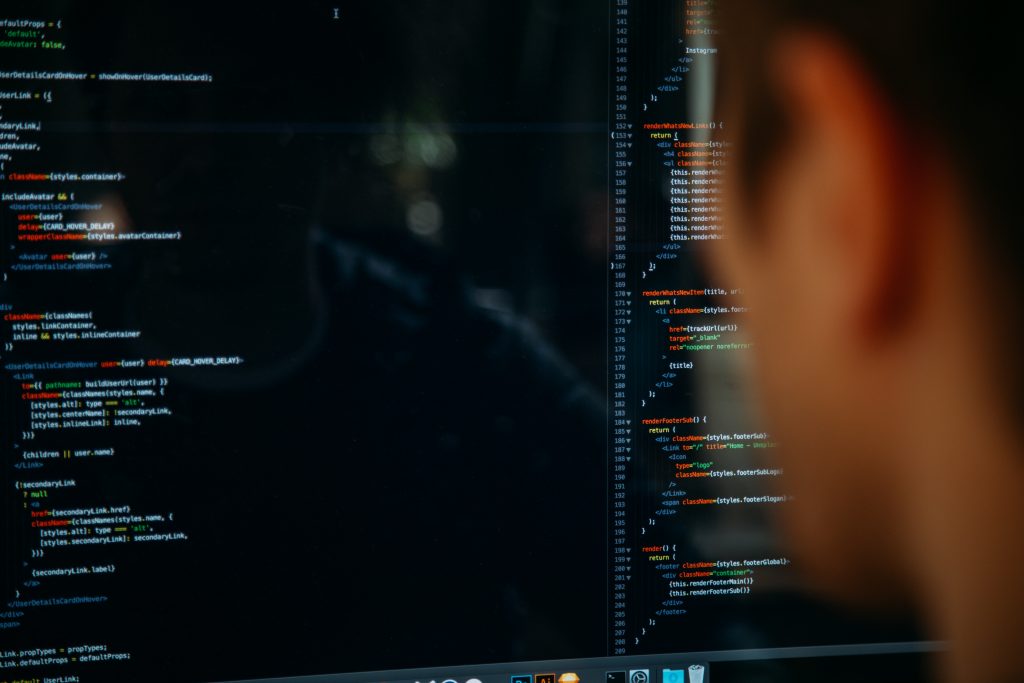The US manufacturing industry has many windows of opportunity for vast growth and improvement in 2018 and years to come.
In the hype of automation and the Internet of Thing (IoT), approximately 72% of manufacturers have changed or plan to change their business model due to IT innovations, according to Macola’s 2017 Business and Technology Trend Report. Technology has proven to be a big profit booster in the manufacturing industry, providing ample opportunities for growth. With every opportunity, comes obstacles. Due to the explosive technology evolution in the manufacturing industry, recruiting and retaining the workforce has become an impeding challenge due to the creation of a skills gap in the workforce.
With automation taking over tasks like assembly, packaging, labeling, data entry, amongst many other positions, there is no longer a high need for unskilled, trainable workers focused on single production tasks. Manufacturers are looking for a different kind of worker with a high-tech skill set to move away from the “old-line” manufacturing and toward more computer-assisted manufacturing. The new manufacturing worker will be one who has the aptitude for mechanical reasoning, logical troubleshooting, and computer operation/programming, in addition to the strong back and healthy work ethic of the traditional, “old-line” manufacturing worker.
New roles will be defined by creating and engineering more efficient processes and machines. Some of these roles may include: Manufacturing and Software Engineers, Manufacturing Process Engineers, Automated Systems Engineers, and Supply Chain Engineers.
With Boomers retiring from skilled trades, hundreds of thousands of jobs will go unfilled unless more Millennials and Gen Z-ers get involved. Unfortunately, with the portrayal of production jobs as less desirable due to lack of growth opportunity and “dirty” factory environments, those entering the workforce aren’t looking at manufacturing jobs as a career path. To break the stigma, manufacturers should promote their use of the latest technology in the workplace – whether this includes AI/robotics that transport products from one end of the facility to the other, or tech-enabled communication that makes it a breeze for a worker to connect to the control room operator with the click of a button.

